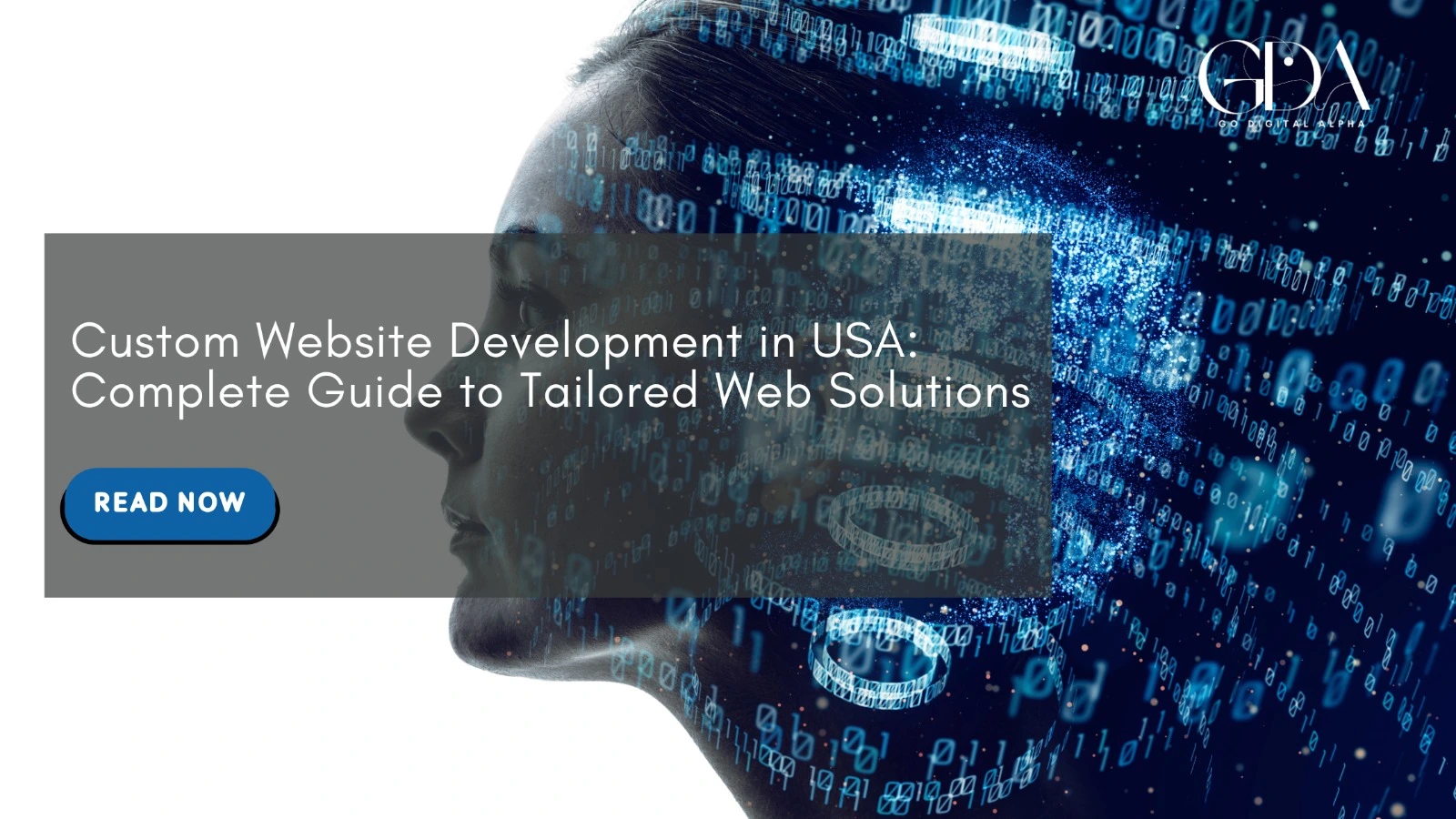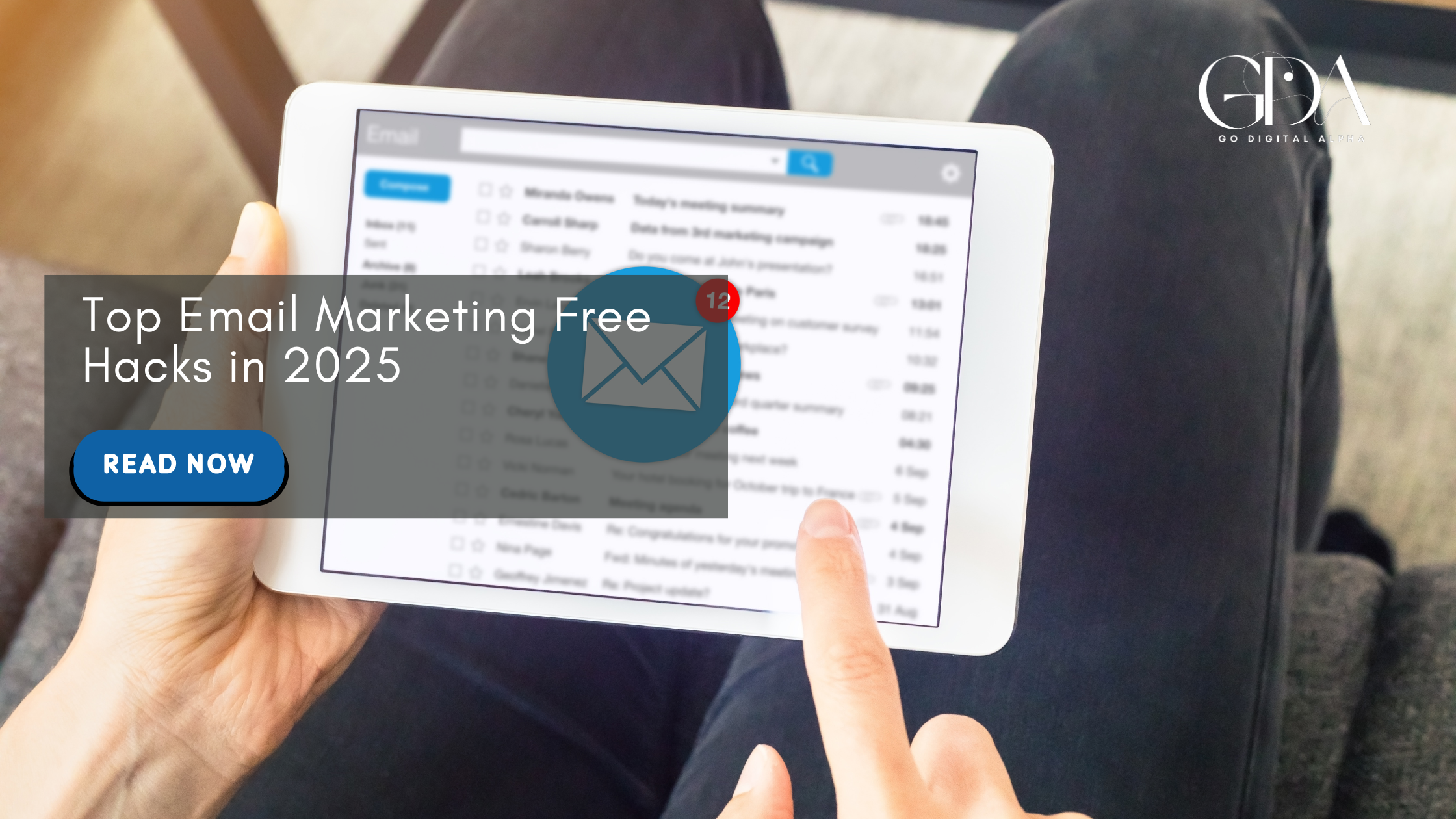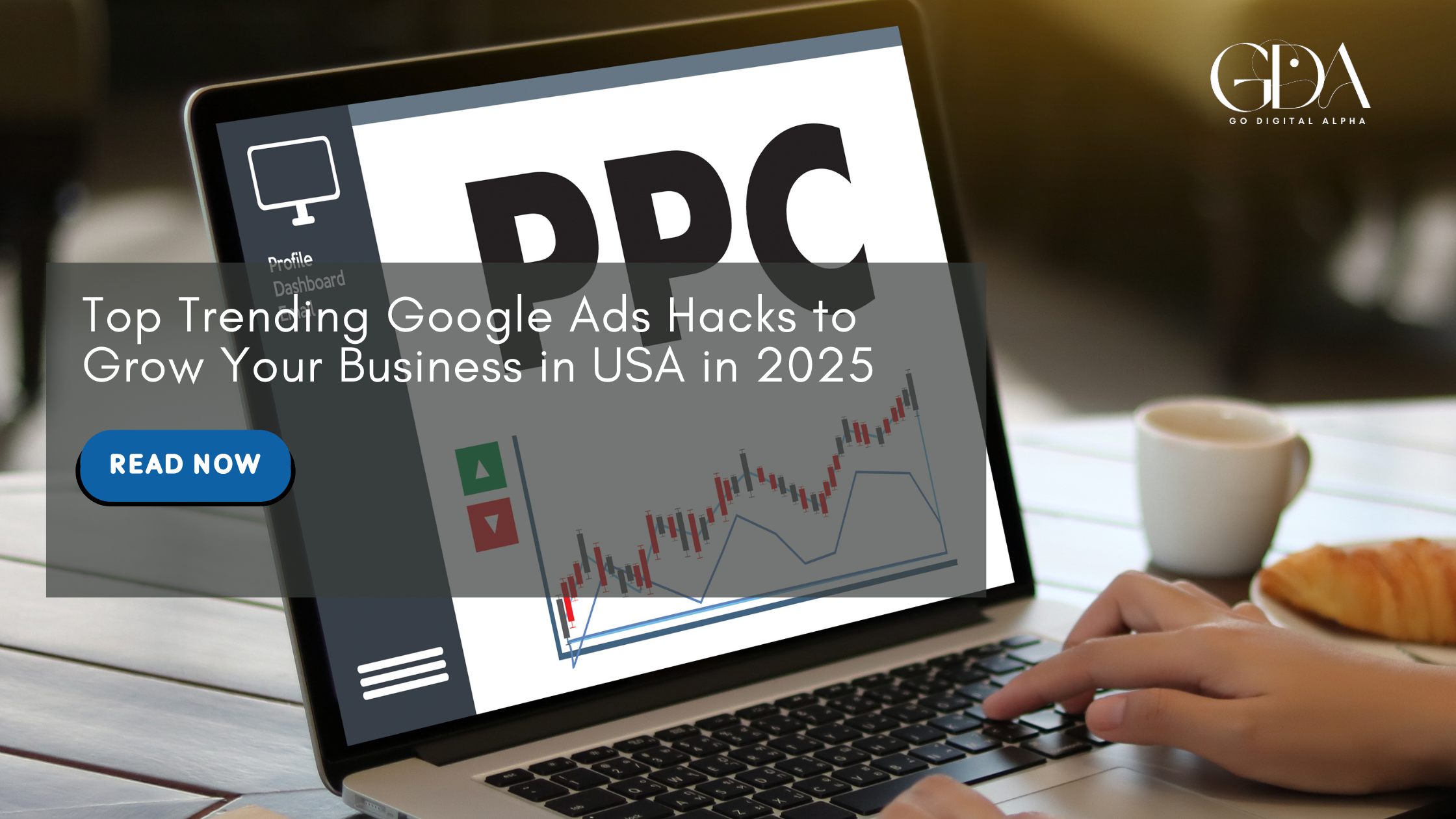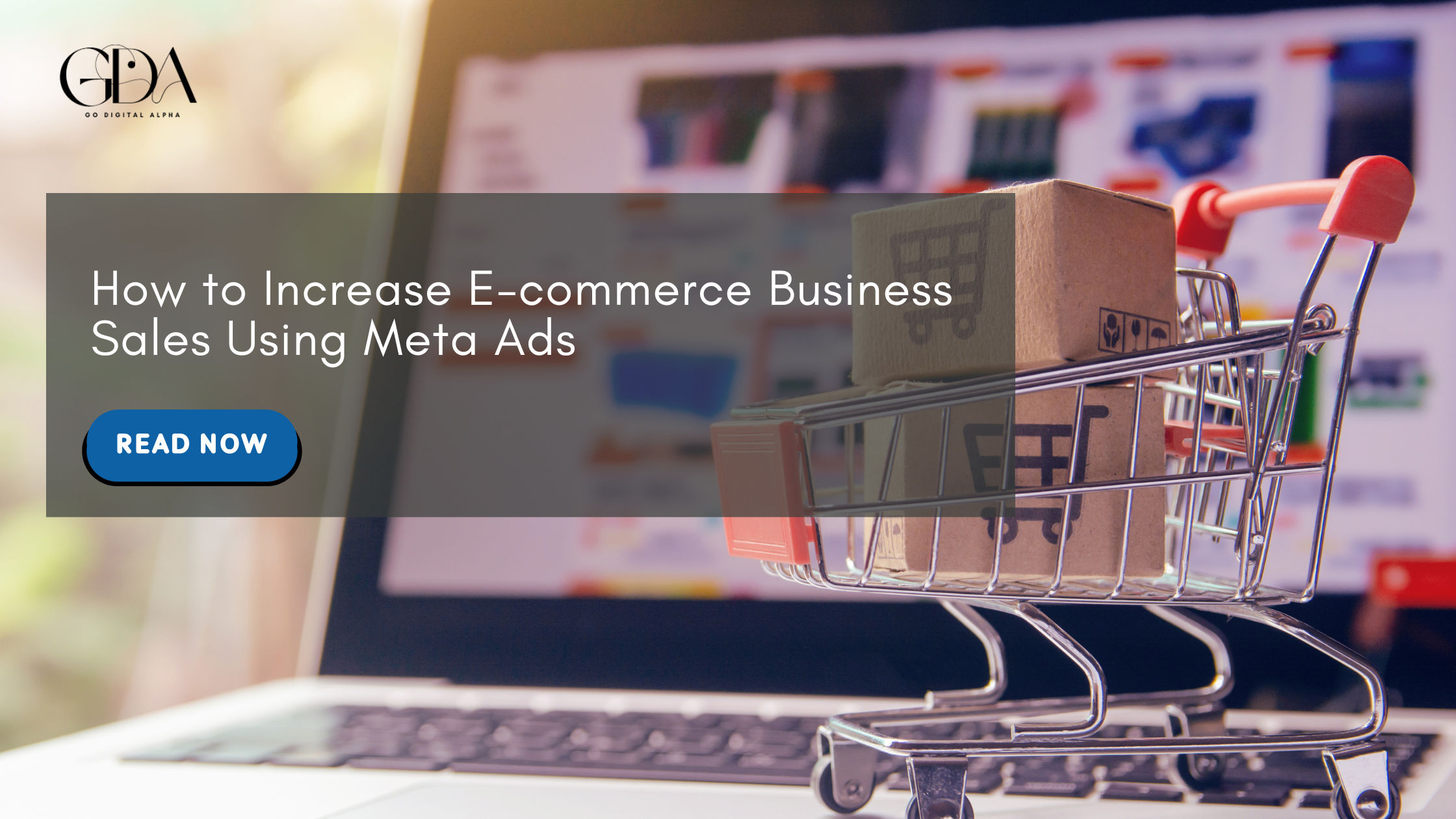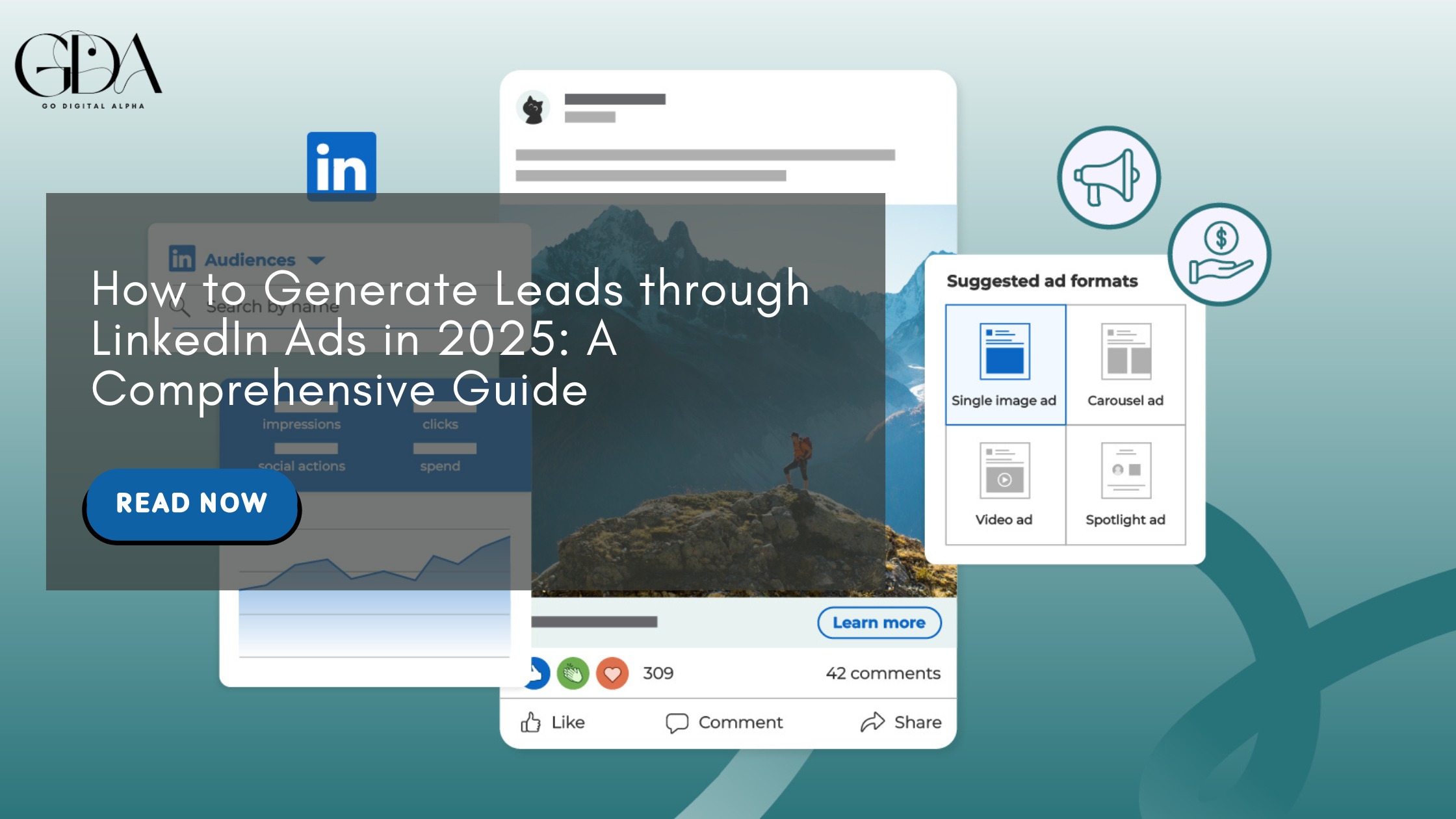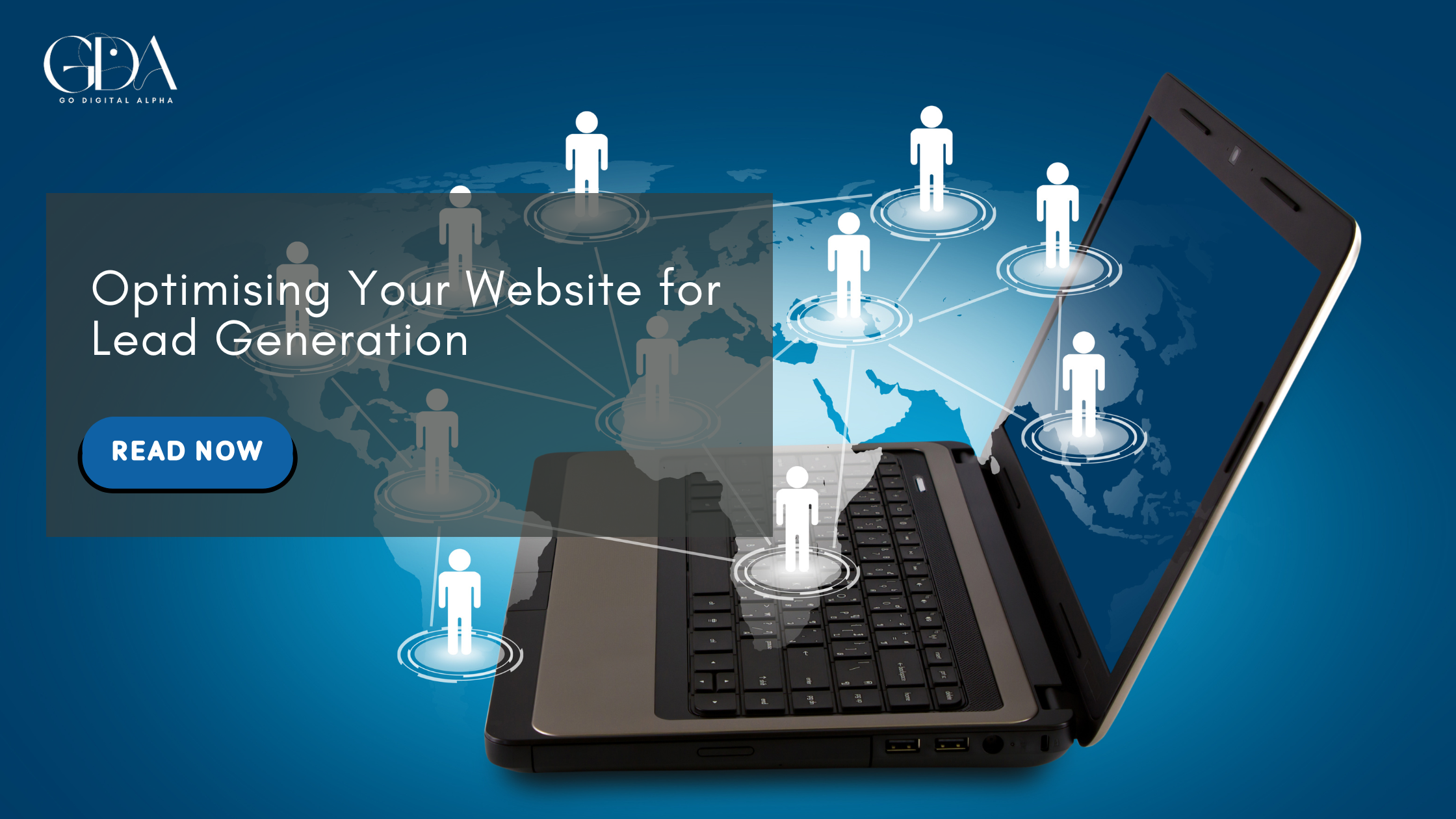
E-commerce is more competitive than ever, and e-commerce business growth hacks in 2025 demands smart, data-driven tactics. To scale rapidly, brands across fashion, electronics, beauty, home goods and other industries must harness personalization, automation, and omnichannel strategies. In this guide, we share actionable, research-backed growth hacks for e-commerce owners – from SEO and paid ads to influencer marketing and AI tools – along with concrete case studies showing how innovative brands have soared. We also highlight platform-specific tips for Shopify, Amazon, WooCommerce, BigCommerce and more, and recommend the latest tools (automation software, analytics, marketing platforms) that are especially effective this year.
Key Takeaways
- Harness AI-Driven Personalization
- Prioritize Mobile-First UX & Site Speed
- Leverage Omnichannel & Social Commerce
- Optimize SEO & Content Marketing
- Invest in Paid Ads and Retargeting
- Build Loyalty and Retain Customers
- Expand Internationally
- Platform-Specific Growth Hacks
- Use Advanced Tools & Automation
- Quick Takeaways & Continuous Improvement
Harness AI-Driven Personalization

Personalization powered by AI and data analytics is table stakes for e-commerce business growth hacks in 2025. Brands using real-time customer data to tailor experiences see significantly higher loyalty and conversions. For example, one study found 72% of consumers are more likely to remain loyal to brands that offer personalized experiences. On Shopify, merchants are leveraging AI personalization engines (e.g. Nosto, LimeSpot, Dynamic Yield) to analyze browsing behavior and automatically suggest complementary products or bundles.
GrowthNatives reports that personalized shopping can boost conversion rates by up to 20% and customer retention by 44%. Similarly, a clothing store might use an AI bot (e.g. Tidio or Gorgias chatbot) to recommend outfits based on past purchases, increasing cross-sell revenue.
Many brands also apply AI to marketing – like Klaviyo’s machine learning features that predict customer lifetime value or churn. Automations such as cart-abandonment email flows or dynamic discount offers use personalization data to drive repeat orders. One furniture retailer introduced an AR tool so shoppers could virtually place sofas in their living room, which reduced returns and increased confidence.
In cosmetics, an AI chatbot that gave product recommendations by skin type led to more repeat orders. These AI-driven tactics – from chatbots and AR to dynamic pricing – consistently boost sales. (For instance, dynamic pricing combined with targeted promotions helped one retailer steadily increase revenue.)
Quick tip: Use customer data in every step. Tools like predictive analytics (Google Analytics 4, Shopify Analytics) can forecast demand and optimal pricing. Integrate CRMs (Salesforce or HubSpot) with your store to centralize buyer data, enabling hyper-personalized email/SMS campaigns (segments by behavior, purchase history, etc.) and loyalty offers.
Prioritize Mobile-First UX & Site Speed

Mobile commerce continues to surge: by 2027, 62% of global ecommerce sales are projected to be on mobile. In practice, this means optimizing every touchpoint for smartphone shoppers. Brands that lean mobile-first see big gains. For example, one retailer’s mobile-optimized site (with compressed images and fast checkout buttons) saw mobile transactions jump 27% after improvements. Fashion retailer White Stuff, after replatforming with a headless Shopify/BigCommerce stack, achieved a 100% boost in mobile speed and a 37% lift in conversion rates.
Key mobile UX hacks:
- Speed & Responsiveness: Choose a fast, responsive theme (Shopify’s Dawn or BigCommerce Catalyst are lean options) and use CDN services to cut load times. Even small speed gains dramatically lower cart abandonment. (Remember that 13% of shoppers will quit if payment options are too limited.)
- Simplified Checkout: Implement one-click or express checkout options (Shop Pay, Apple Pay, Google Pay, or Amazon Pay/Buy with Prime). Make the cart-to-checkout journey as frictionless as possible. Consider using Bolt or Fastlane by PayPal for truly seamless checkout.
- UX Design: Adopt minimalist, mobile-friendly design. Sticky navigation bars and visible search (voice-search friendly labels) improve discoverability. GrowthNatives notes that in 2025, “adaptive navigation” and mobile-first layouts are essential.
On platforms: Shopify users can use mobile app builders or Progressive Web Apps (PWAs) to enhance mobile engagement. WooCommerce sites should ensure themes are fully responsive and optimized (e.g. using caching plugins like WP Rocket). BigCommerce merchants can use its built-in mobile checkout optimization or multi-storefronts to localize for each region’s mobile norms.
Case study: Fashion brand White Stuff’s BigCommerce redesign made the site twice as fast on mobile, which drove a 37% jump in conversion and 26% higher per-session value. This shows that investing in performance (often via headless or composable architectures) directly pays off in higher sales.
Leverage Omnichannel & Social Commerce

Shoppers now expect to buy wherever they are. Selling on multiple channels – your own site, social media, and marketplaces – provides extra growth levers. Social commerce in particular is booming: over 110 million people purchased via social platforms in 2024. Major apps (Instagram Shops, Facebook Shops, TikTok Shopping) let customers buy without leaving the app. We recommend:
- Visual social shops: Set up Instagram and TikTok “shops” and tag products in posts/reels. Use shoppable tags in live videos. The BigCommerce team notes that live shopping and one-click checkout on social are making these platforms “increasingly customer-friendly. For fashion, beauty or home décor brands with attractive products, social video content (demo reels, AR try-ons) can drive huge impulse buys.
- Unified feeds: Use a product feed management tool (like Feedonomics) to sync your catalog across Facebook, Google Shopping, Amazon, eBay and international marketplaces. This omnichannel approach ensures consistent inventory/pricing and captures shoppers on each platform.
- Branded selling channels: Take advantage of platform programs. For example, Shopify merchants should enable Shopify Markets to auto-convert currencies and localize domains. Amazon sellers can use Buy with Prime (and Amazon DSP) to attract Prime-loyal customers on their own site. As HeyDude (shoes) found, combining Prime checkout and DSP ads led to an 11.4× ROAS and 46.8% of conversions being new customers.
- Content across channels: If you have a blog, vlog or podcast, share it on YouTube/LinkedIn. Amazon’s seller tips emphasize that content marketing helps SEO and brand trust. Guest posting and collaborations with influencers can also expose products on different channels.
Omnichannel success: Beauty retailer Sephora grew sales +20–50% by blending digital and in-store with loyalty programs and influencer partnerships. The lesson: unify experiences so customers feel your brand everywhere for e-commerce business growth hacks in 2025.
Optimize SEO & Content Marketing

Even with ads and social, organic search is a powerful growth channel. In 2025, Google still rewards helpful, high-quality content. The data shows well-optimized blogs and guides can drive traffic and conversions. SEO.AI describes a coffee brand that built a brewing methods blog: pages on “espresso vs. drip” drew 40% more visitors, and adding product links boosted sales. Key SEO/content strategies:
- High-intent keywords: Perform thorough keyword research (including voice-search queries) to understand how shoppers find products in your niche. Use those terms in product titles, descriptions, and site copy. Tools like Ahrefs or SEMrush are essential for tracking keyword rankings.
- Valuable content: Create blog posts, how-to videos, and infographics that solve customers’ problems. For example, a home goods retailer might publish “How to style your living room” guides linking to products. Google’s algorithms favor evergreen, informative content, so a smart mix of blog posts and product landing pages is crucial.
- Technical SEO: Ensure site architecture is crawlable (sitemaps, clean URLs, fast load speed), and mobile-friendly (as above). Schema markup (for products, reviews, FAQs) will give you better search snippets. Shopify and BigCommerce both have apps/plugins that help insert schema and optimize metadata.
- Analytics: Continuously measure performance. Track SEO metrics (traffic, keyword rankings) and commercial metrics (conversion rates, AOV from search traffic). Google Analytics 4 and Shopify/BigCommerce analytics can show which content pages generate revenue, guiding future efforts.
Tip: Partner content with social promotion for e-commerce business growth hacks in 2025. When Amazon advises sellers to start a blog or vlog, it’s because shared content boosts brand visibility and SEO. Brands that invest in content marketing plus SEO typically see compounding growth in organic sales over time.
Invest in Paid Ads and Retargeting

Paid traffic is a fast way to turbocharge growth — if managed with precision. In 2025, paid search, social ads and programmatic campaigns remain central. Best practices include:
- Google Performance Max (PMax): Many stores now use PMax campaigns, which use AI to optimize across Search, Shopping, YouTube, and more. The WooCommerce shop PickandMix.com (a UK candy store) saw a 24× revenue increase since launching Google Ads (2021–2024) and averaged a 7.7× ROAS in 2024. They credit Performance Max campaigns with “outperforming standard search campaigns”, delivering 500–800% ROI during peak season. This shows Google’s automated, AI-powered campaigns can skyrocket ROI.
- Social Media Ads: Facebook, Instagram and TikTok ads should be tested for your audience. Use clear product photos/videos and A/B test creatives. The Amazon guide suggests starting small, testing different messages, then scaling winners. Don’t neglect TikTok Shopping Ads for Gen Z and Instagram Reels ads for visual appeal.
- Amazon Advertising: If you sell on Amazon, allocate budget to Sponsored Products, Sponsored Brands and especially Amazon DSP (demand-side platform). HeyDude’s use of Amazon DSP drove that 11.4× ROAS and acquired many new shoppers. For many brands, Amazon Ads are a must for category dominance.
- Retargeting: Always run retargeting ads to visitors who abandoned cart or viewed products. SEO.AI reports one home-fitness brand’s retargeting campaign (showing yoga mats to those who looked at weights) led to a 20% increase in return visitors. Use short retargeting windows (24–48h) so products stay top-of-mind. Facebook Pixel and Google Remarketing tags are easy ways to re-engage these shoppers with timely offers.
- Affiliate Marketing: Build an affiliate program or use Amazon’s Brand Referral Bonus to incentivize bloggers/influencers. For example, Amazon’s Brand Referral Bonus paid influencers an average 10% on referral sales, which one marketer called a “no-brainer” for profitability.
Measure Everything: Track ROAS (return on ad spend) and CPA (cost per acquisition) closely. Allocate budget toward the channels with highest conversions. Even with heavy ad spend, brands like PickandMix manage 6–8× ROAS by careful optimization.
Build Loyalty and Retain Customers

Acquiring new customers is costly; retention is gold. In 2025, savvy ecommerce brands double-down on loyalty and after-sale marketing. Actionable tactics:
- Email & SMS Automation: Automated email flows remain extremely effective. Segmented email series (welcome sequences, abandoned cart reminders, re-engagement campaigns) can recover lost sales and keep customers coming back. Klaviyo and Mailchimp (integrated with Shopify/BigCommerce) use rich customer data for personalization. For instance, sending order follow-ups with accessory suggestions or replenishment reminders increases AOV. The SEO.AI guide notes that a well-planned email strategy “often delivers an excellent return on investment”.
- Loyalty Programs: Implement a points or tier-based loyalty program (Shopify apps like Smile.io, LoyaltyLion or WooCommerce extensions). Amazon’s seller advice encourages loyalty schemes: a structured rewards program motivates buyers to choose you over competitors. Consider offering perks for repeat purchase, birthday discounts, or paid VIP memberships (e.g. fee-based loyalty clubs) as Amazon suggests.
- Reviews and UGC: Collect and showcase customer reviews. According to industry experts, customers trust peer reviews more than brand claims, so having strong social proof is key. Display star ratings, customer photos, and testimonials prominently on product pages. Amazon even shows that simply adding A+ Content (videos, comparison charts, interactive images) boosted conversion for brands like bareMinerals and SiO Beauty. For SiO Beauty, offering Buy with Prime and adding marketing assets helped achieve a 256% jump in units sold during Prime Day – partly thanks to the trust-building Prime badge.
- Subscriptions & Bundles: If applicable, introduce a subscription option. Brands in food, beauty and home often drive continuous revenue with subscription boxes or auto-restock plans. BigCommerce notes the “subscription economy” will hit $1.5T by 2025. Paired with loyalty, subscriptions lock in customers (for example, Universal Yums scaled to over 10 million boxes sold via WooCommerce subscriptions). Also offer product bundles at a discount to increase AOV – Amazon’s “Frequently Bought Together” and Virtual Bundles show how bundling can boost per-order value.
Ultimately, keep customers delighted post-purchase. Fast shipping, easy returns (tools like Loop Returns simplify exchanges), and proactive support (24/7 live chat or AI chatbots) turn buyers into brand advocates.
Expand Internationally

Global growth is easier than ever with cross-border commerce tools. To succeed internationally:
- Multi-Currency & Local Domains: Use features like Shopify Markets or BigCommerce International to display prices in local currency and languages. 57% of shoppers now buy from overseas retailers, so remove friction (local payment methods, translated content).
- Global Marketplaces: Sell on Amazon and other country-specific marketplaces. For example, Amazon sellers can enable selling to international markets via Amazon Global Selling and localized PPC. Amazon’s new Seller Guides emphasize expanding into new geos for 6× first-year sales growth.
- Compliance & Logistics: Partner with local 3PLs for faster shipping. BigCommerce’s example of CRM & 3PL integration shows the importance of connecting your store to systems like ShipBob or Easyship. Custom duties and taxes can be handled via platforms like Zonos or Amazon’s International Shipping options.
- Localized Marketing: Tailor ads and social content to each market’s culture and trends. Use local influencer partnerships (influencer marketing growth has gone global: US leads with ~23% of sponsored posts, followed by Brazil and India). Consider time-zone scheduling for email campaigns, and use region-specific media outlets or language-based SEO.
Global success: Beauty brand bareMinerals, after adding Buy with Prime on their global site, saw shopper conversions jump +60% and revenue per visitor +40%. This shows how offering trusted local payment/shipping options (like Prime) can dramatically boost overseas sales.
Platform-Specific Growth Hacks

Different ecommerce platforms have unique features. Here are targeted tips for major platforms:
- Shopify: Leverage Shopify’s app ecosystem. Key apps include Klaviyo (email/SMS) for advanced segmentation and omnichannel campaigns, ReCharge for subscriptions, Loop Returns for easy exchanges, Yotpo for reviews/UGC, and Shopify Flow for workflow automation. Use Shopify Markets for currency and duties. If on Shopify Plus, use Launchpad for flash sales. The GrowthNatives report predicts more AI integration in Shopify’s core in 2025, so be ready to adopt Shopify AI features and Hydrogen (for headless storefronts) to stay cutting-edge.
- Amazon: Optimize product listings (use relevant search terms in title, bullets, A+ content). Enroll in Amazon Brand Registry to use Enhanced Brand Content. Use FBA or Buy with Prime to offer fast, Prime-level shipping (3D/AR product views on Amazon listings doubled purchase likelihood). Run Amazon DSP campaigns to retarget Amazon shoppers elsewhere (as HeyDude did). Don’t ignore Amazon’s free marketing tools: Amazon Stores and Brand Posts can boost visibility.
- WooCommerce (WordPress): Use SEO-friendly themes and integrate with Google tools (the PickandMix case used Google for WooCommerce, yielding 24× revenue growth with PMax campaigns). Leverage WordPress’s content flexibility: build resource-rich blogs and landing pages to rank for long-tail queries. Utilize Woo plugins for performance (caching, image optimization) to keep site fast. For automation, connect WooCommerce to CRMs like HubSpot via Zapier. Consider WooCommerce membership/subscription extensions if applicable (Universal Yums sold 10M+ subscription boxes on WooCommerce).
- BigCommerce: Take advantage of B2B+ features if relevant. Use Feedonomics or other PIM tools to push products to Google, Bing, and marketplaces. BigCommerce’s Catalyst (headless) is ideal for custom front-ends (as White Stuff used). Implement flexible payments: BigCommerce supports global payment gateways and BNPL options (Klarna, Affirm) out-of-box. For multi-storefront, manage multiple brands/currencies from one BigCommerce account.
Apps & Integrations: Across platforms, integrate a CRM (like HubSpot or Salesforce) to centralize customer data. Use marketing tools: for example, Klaviyo’s Shopify integration (mentioned above) or ActiveCampaign for WooCommerce. Many platforms support headless commerce, so explore Composable Commerce architectures for ultimate flexibility.
Use Advanced Tools & Automation

Scaling quickly requires the right toolkit. Recommended categories and examples:
- Email & CRM: Klaviyo, Mailchimp, HubSpot. Klaviyo integrates natively with Shopify/BigCommerce and offers powerful segmentation and AI-driven recommendations. HubSpot CRM can sync with ecommerce orders to power automated email/SMS campaigns and sales follow-ups.
- Marketing Automation: Tools like ActiveCampaign, Marketo, or Shopify Flow (for Plus merchants) automate workflows (e.g. trigger email when a customer hits a loyalty tier). These save time and ensure no leads slip through the cracks.
- Analytics & Personalization: Google Analytics 4 for site analytics; Looker Studio for custom dashboards. Personalization tools (Nosto, Dynamic Yield) analyze behavior to create on-site recommendations. Heatmap tools (Hotjar) identify UX issues.
- Social & Content: Social scheduling (Hootsuite, Buffer), influencer platforms (CreatorIQ, Upfluence) to find and manage influencers, UGC platforms (Yotpo, Loox). Shopify Flow and BigCommerce’s automated coupons can schedule promotions.
- Search & Ads: Google Ads Editor for campaign management; SEMrush/Ahrefs for SEO; Amazon Seller Central tools (Helium 10, Jungle Scout).
- Operational: ERP/Inventory systems (like Brightpearl, Odoo) to sync orders across channels; 3PL integrations (ShipBob, ShipStation) for fulfillment. Accounting integration (QuickBooks, Xero) for finance.
Use AI where possible: ChatGPT/GPT-4 can draft product descriptions or ad copy, but always review for brand voice. Automation frees you to focus on strategy. As the SEO.AI experts advise, “track key metrics like conversions, repeat purchases, and cart abandonment” and automate actions (emails, ads) based on those triggers.
Quick Takeaways & Continuous Improvement

- Focus on Strengths: Every brand is unique – choose the tactics that amplify your product’s appeal. For example, if you sell electronics, invest in rich product specs and AR demos; if you’re in fashion, prioritize social content and influencer styling posts.
- Data Over Gut: Let analytics guide you. Use A/B testing on ads, emails and site features. As one expert put it: “rely on data: tracking metrics will help you adjust your approach”.
- Customer Experience is King: A consistent, delightful experience (fast site, helpful support, trustworthy reviews) creates loyal customers. Avoid confusing price changes; keep promotions clear and infrequent.
- Learn from Others: Look at proven examples. Brands like Sephora and White Stuff used omnichannel loyalty programs and headless commerce to grow fast. PickandMix’s Google Ads success shows small teams can achieve big ROAS.
- Innovate Continuously: Don’t chase every shiny trend. Focus on what fits your audience and measure results. Prioritize mobile-first design and AI where it moves the needle.
By combining these growth hacks – from SEO and paid ads to AI personalization and subscription models – e-commerce businesses can accelerate global growth in 2025. The landscape will keep evolving, but data-backed strategies and smart automation will keep you ahead.
Share this post :
Newsletter
Add Your Heading Text Here
Lorem ipsum dolor sit amet, consectetur adipiscing elit. Ut elit tellus, luctus nec ullamcorper mattis, pulvinar dapibus leo.





